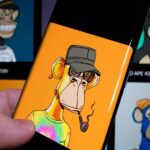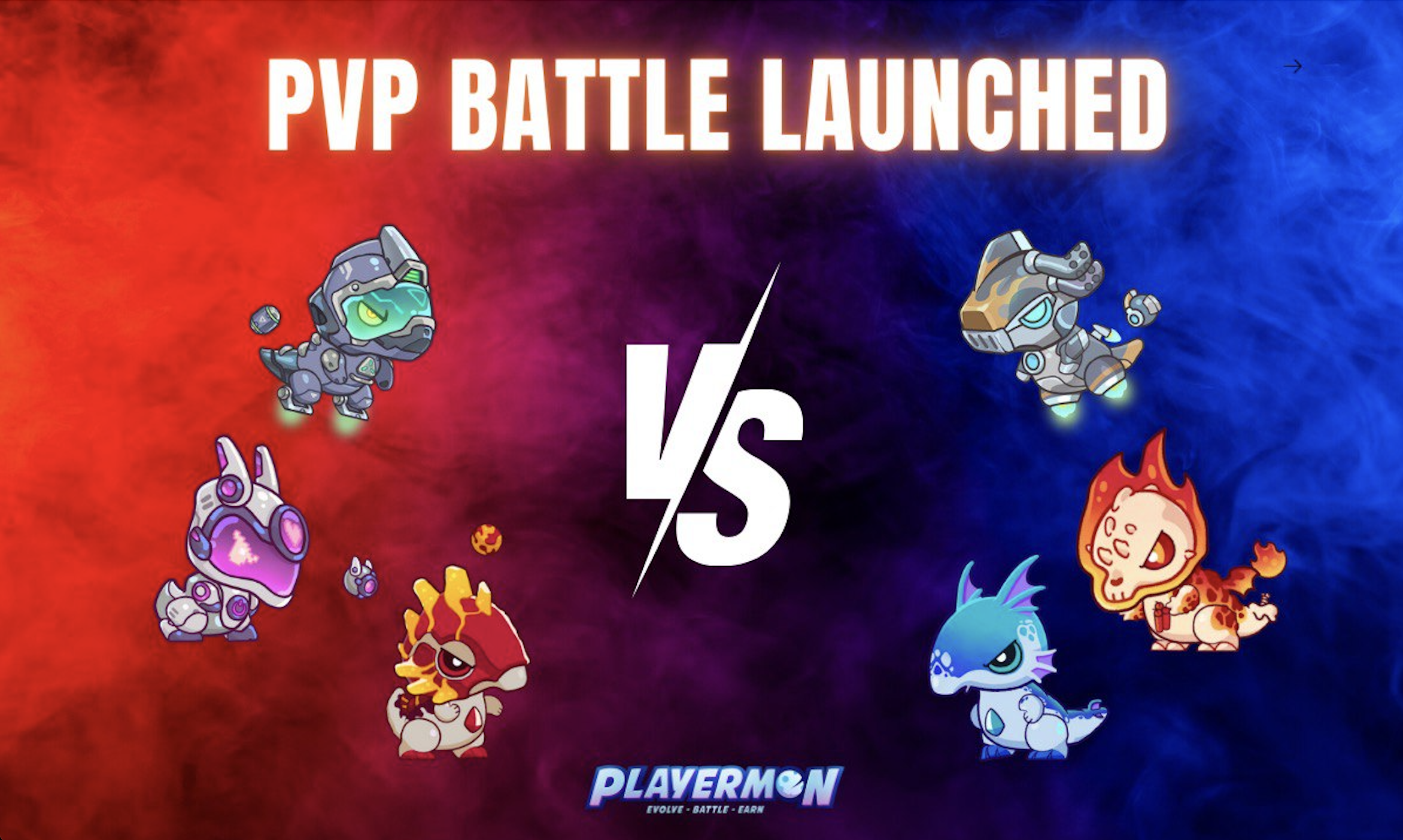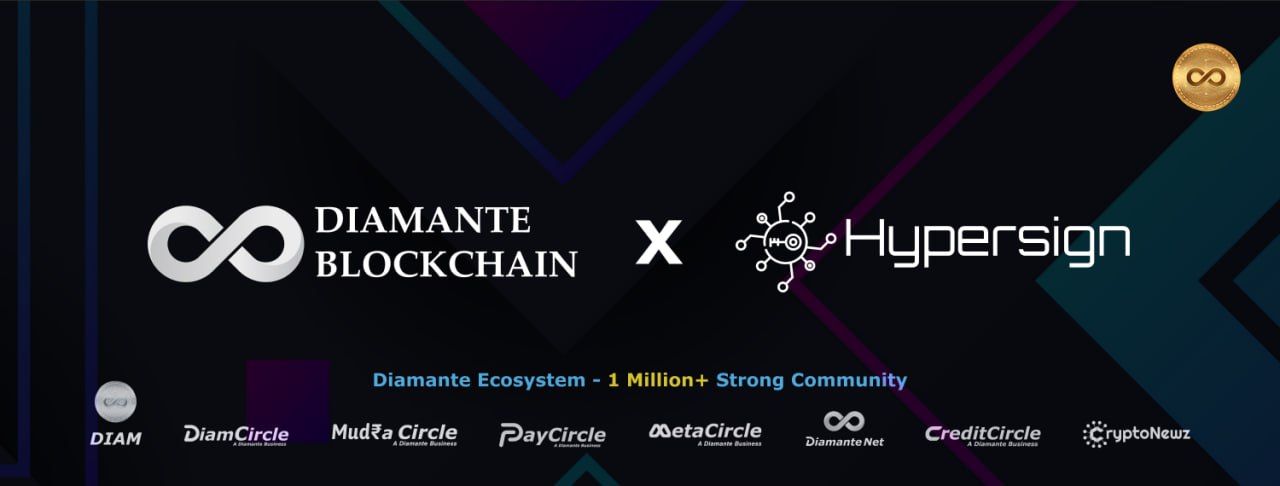
DeFi Insurance and the Evolution of Risk Assessment Models
- Antwan Koss
- June 26, 2023
- Defi
- Assessment, defi, Insurance, Risk
- 0 Comments
Introduction
In recent years, Decentralized Finance (DeFi) has emerged as a groundbreaking innovation in the financial industry. It has revolutionized the way individuals access financial services, allowing for trustless transactions, decentralized lending and borrowing, and yield farming. However, with the rise of DeFi, the need for robust risk assessment models and insurance solutions has become increasingly important. This article explores the concept of DeFi insurance and the evolution of risk assessment models in the decentralized finance ecosystem.
The Emergence of DeFi
Decentralized Finance, or DeFi, refers to the use of blockchain technology and smart contracts to recreate traditional financial services in a decentralized and transparent manner. DeFi applications eliminate intermediaries, allowing users to directly interact with the protocols and transact peer-to-peer. This has led to the creation of various DeFi platforms, including decentralized exchanges, lending and borrowing protocols, and yield farming platforms.
Understanding Risk in DeFi
While DeFi offers numerous opportunities for financial inclusion and innovation, it also comes with inherent risks. It is crucial to understand these risks before participating in the DeFi ecosystem.
– Volatility and Smart Contract Risks
DeFi protocols often operate on blockchain platforms that are prone to price volatility. Market fluctuations can impact the value of assets held within DeFi protocols, exposing users to potential losses. Additionally, smart contracts, the backbone of DeFi applications, are not immune to vulnerabilities. Smart contract bugs or exploits can result in significant financial losses for users.
– Impermanent Loss
Impermanent loss is a risk specific to liquidity providers in automated market maker (AMM) platforms. When providing liquidity, the value of the underlying assets can change relative to each other, resulting in impermanent loss if the liquidity provider decides to withdraw their assets.
– Liquidity Risks
DeFi platforms heavily rely on liquidity to ensure efficient market operations. However, liquidity risks exist, especially in smaller or less-established protocols. Inadequate liquidity can lead to price slippage, making it difficult to execute trades at desired prices.
– Counterparty Risks
DeFi platforms operate in a trustless environment, where users transact directly with each other without intermediaries. This introduces counterparty risks, as users rely on the integrity and solvency of other participants in the ecosystem. Assessing the creditworthiness and reliability of counterparties becomes crucial in mitigating these risks.
– Regulatory and Compliance Risks
DeFi operates in a rapidly evolving regulatory landscape. As governments and regulatory bodies around the world grapple with the implications of decentralized finance, there is a risk of changing regulations that could impact the legality, compliance, and operation of DeFi protocols. Staying informed about regulatory developments and adapting to comply with relevant requirements is essential for managing regulatory risks.
The Benefits of DeFi Insurance

– Capital Protection and Risk Mitigation
DeFi insurance offers users a means to protect their capital and mitigate risks associated with participating in decentralized finance. By obtaining insurance coverage, users can have peace of mind knowing that they have a safety net in case of unforeseen events or vulnerabilities within the protocols they engage with.
– Increased Confidence and Adoption
The availability of robust DeFi insurance solutions increases user confidence and promotes wider adoption of decentralized finance. Insurance coverage provides a layer of trust and security, attracting more users to participate in DeFi platforms, thereby contributing to the growth and sustainability of the ecosystem.
Traditional Risk Assessment Models vs. DeFi
– Centralized Insurance vs. Decentralized Insurance
Traditional centralized insurance models rely on intermediaries to assess and underwrite risks. However, in the decentralized world of DeFi, the need for trustless and transparent insurance solutions has given rise to decentralized insurance platforms. These platforms leverage blockchain technology to automate the underwriting process, eliminating the need for intermediaries.
– Challenges in Risk Assessment for DeFi
Assessing risks in DeFi is a complex task. Unlike traditional financial systems, DeFi operates in a permissionless and global environment, making it challenging to assess counterparty risks. Additionally, the rapid pace of innovation in DeFi necessitates the continuous evaluation and adaptation of risk assessment models.
Innovations in Risk Assessment for DeFi
– Predictive Analytics and Risk Modeling
Advancements in predictive analytics and risk modeling enable more accurate assessment of potential risks in DeFi. By leveraging historical data, machine learning algorithms can identify patterns and trends, aiding in the prediction of potential vulnerabilities or market fluctuations. This proactive approach enhances risk assessment capabilities and allows for more effective risk management strategies.
– Decentralized Reputation Systems
Decentralized reputation systems play a crucial role in assessing the trustworthiness and reliability of participants in the DeFi ecosystem. By assigning reputation scores based on user behavior, interactions, and historical performance, these systems provide valuable insights for risk assessment. This information helps users make informed decisions when engaging with counterparties, minimizing the risk of fraudulent activities or default.
Evolution of Risk Assessment Models in DeFi
To address the challenges in risk assessment, the DeFi ecosystem has witnessed the evolution of various risk assessment models. These models incorporate advanced technologies and techniques to enhance the security and stability of DeFi protocols.
– Smart Contract Audits
Smart contract audits play a critical role in identifying vulnerabilities and ensuring the security of DeFi protocols. Auditing firms conduct thorough code reviews and security assessments to identify potential risks and recommend improvements.
– Decentralized Oracle Networks
Decentralized Oracle networks provide reliable and tamper-proof data feeds to DeFi protocols. These networks ensure that external data, such as asset prices or market conditions, are accurately and securely integrated into the DeFi ecosystem, reducing the risk of manipulation or inaccurate information.
– Data Analytics and Machine Learning
Data analytics and machine learning algorithms are being leveraged to analyze vast amounts of data generated by DeFi protocols. These technologies help identify patterns, anomalies, and potential risks, allowing for proactive risk management and mitigation strategies.
– On-Chain Analytics
On-chain analytics involve analyzing blockchain data to gain insights into the behavior and activities within DeFi protocols. By monitoring transaction flows, liquidity movements, and smart contract interactions, on-chain analytics provide valuable information for risk assessment. This includes identifying suspicious activities, detecting potential vulnerabilities, and assessing overall protocol health.
– Decentralized Identity Verification
Identity verification is crucial for risk assessment in DeFi. Decentralized identity verification solutions aim to establish the authenticity and reputation of users without relying on traditional centralized authorities. By leveraging blockchain-based identity protocols, DeFi platforms can enhance the security of user interactions and reduce the risk of identity-related fraud.
– Interoperability and Cross-Chain Risks
As DeFi expands, interoperability between different blockchain networks becomes increasingly important. However, interoperability introduces new risks, such as cross-chain vulnerabilities and potential exploits across multiple protocols. Risk assessment models need to account for these cross-chain risks and ensure the security of interconnected DeFi ecosystems.
The Role of Governance in Risk Assessment
Governance plays a crucial role in risk assessment within the DeFi ecosystem. Decentralized autonomous organizations (DAOs) enable community-driven decision-making, including the establishment of risk parameters and the implementation of risk management strategies. Transparent governance frameworks ensure that risk assessment processes are inclusive and responsive to changing market dynamics.
– Community Risk Assessment and Voting
Governance mechanisms in DeFi often involve community-driven risk assessment and decision-making. Through voting and consensus mechanisms, participants can collectively assess and address risks by proposing and implementing risk management strategies. This inclusive approach ensures that risk assessment is not solely dependent on a centralized authority but represents the collective wisdom of the community.
– Bug Bounties and White Hat Hackers
Bug bounty programs incentivize security researchers, known as white hat hackers, to identify and report vulnerabilities in DeFi protocols. By offering rewards for responsible disclosure, DeFi platforms encourage external scrutiny and provide an additional layer of risk assessment. Bug bounty programs contribute to improving the overall security posture of DeFi protocols.
– Risk Parameter Adjustments
Governance frameworks in DeFi allow for dynamic adjustments of risk parameters based on changing market conditions. Through community-driven decision-making, participants can collectively assess risks and modify parameters such as collateralization ratios, interest rates, or reserve requirements. This adaptability ensures that risk assessment remains aligned with the evolving needs and challenges of the DeFi ecosystem.
– Emergency Response and Crisis Management
In times of crises or system failures, governance structures enable prompt emergency response and crisis management. Through voting mechanisms, the community can take decisive actions to mitigate risks, such as initiating protocol upgrades, implementing temporary measures, or deploying emergency funds to compensate affected users. The ability to respond swiftly enhances the resilience of DeFi protocols and fosters trust among users.
Conclusion
DeFi insurance and the evolution of risk assessment models are essential for the continued growth and stability of the decentralized finance ecosystem. As DeFi continues to expand, it is crucial to prioritize the development of robust risk assessment frameworks, leveraging advancements in technology and community governance. By doing so, we can foster a safer and more secure environment for users to participate in DeFi.





